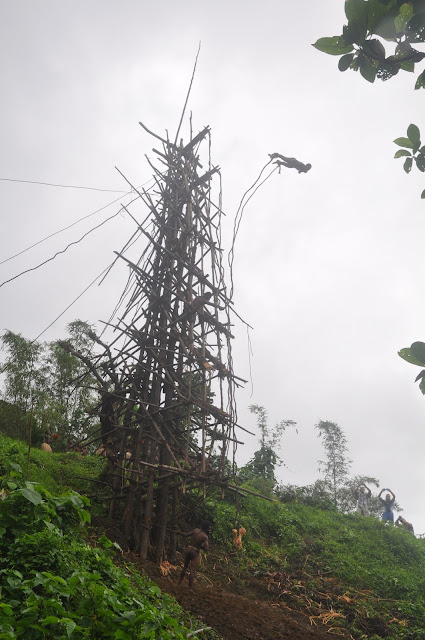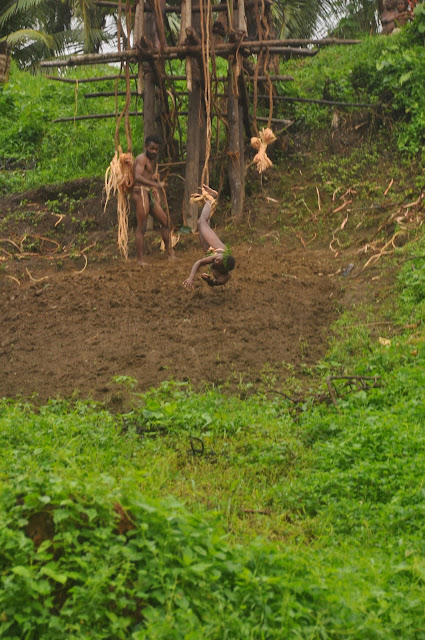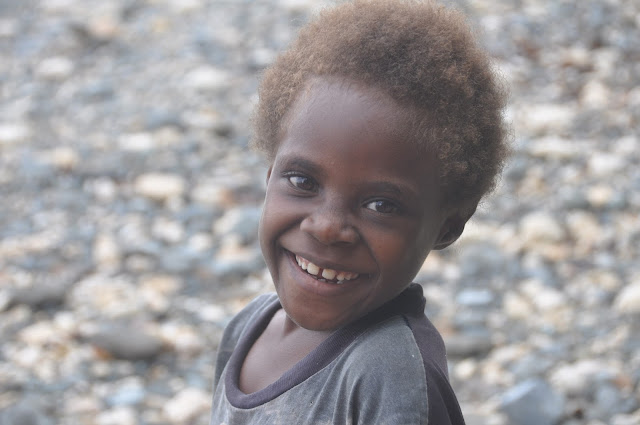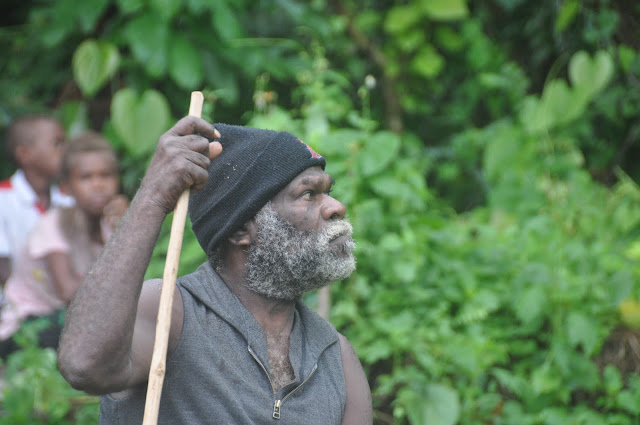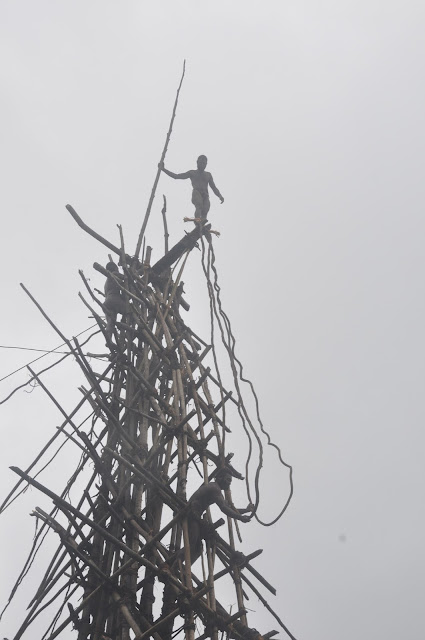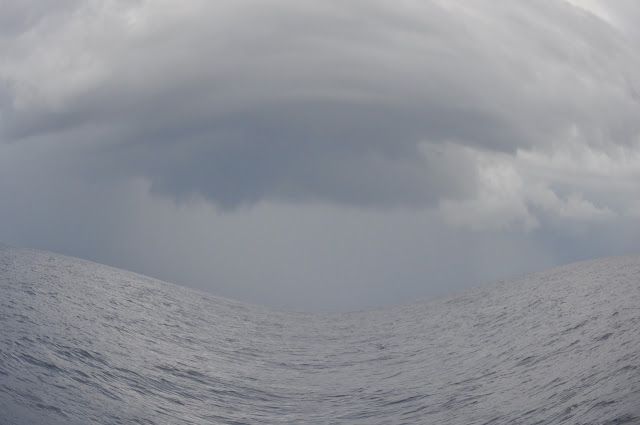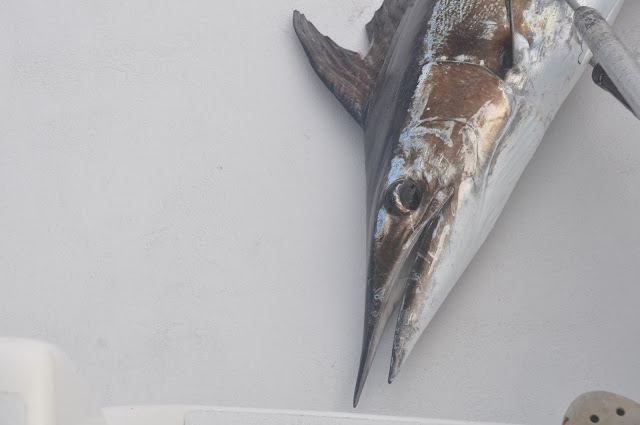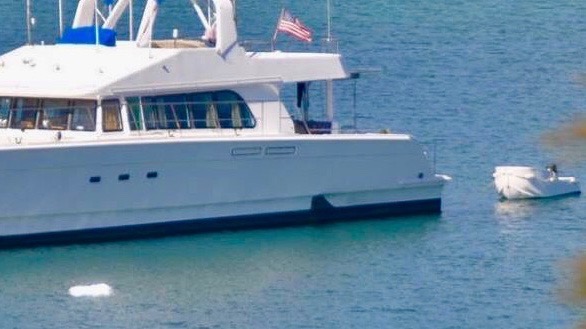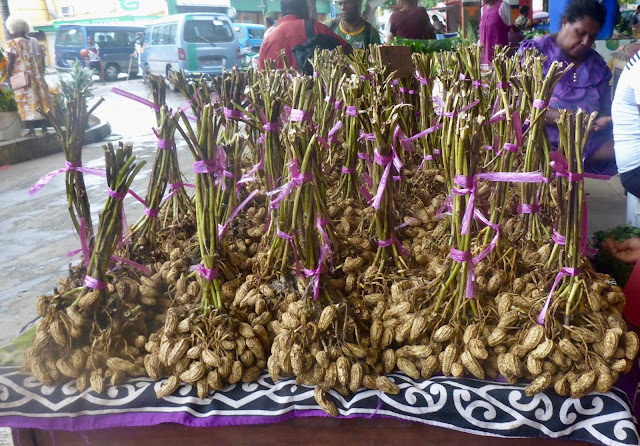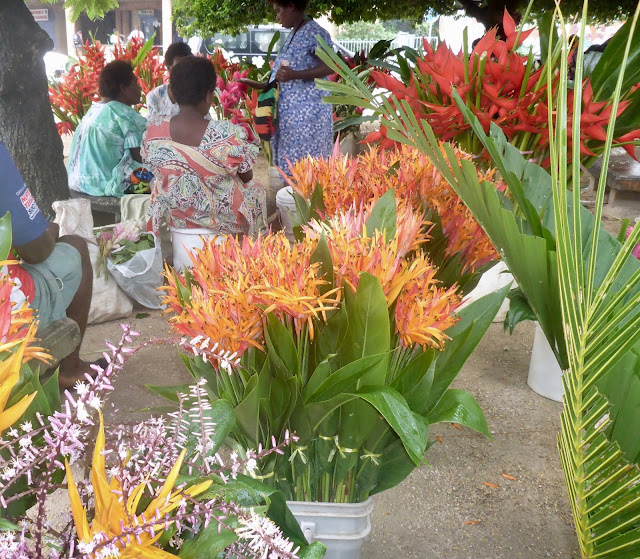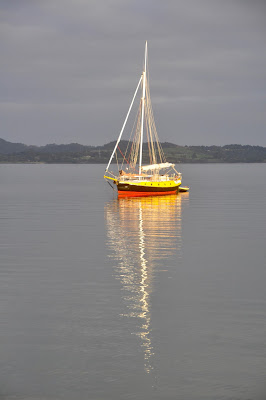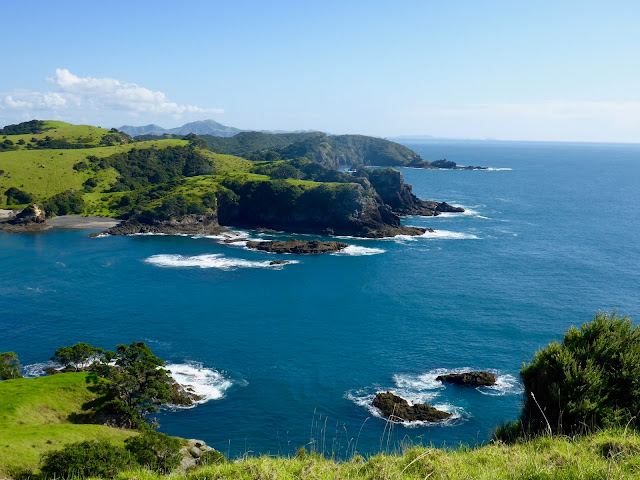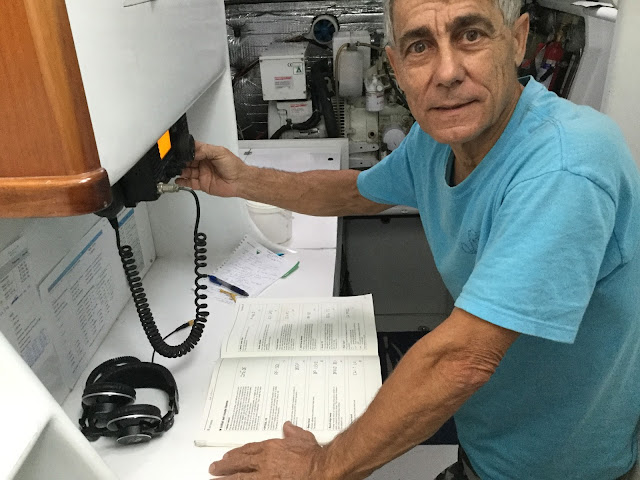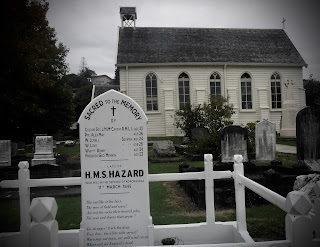MASKELYNES Canoe Festival
July 2017 – Uliveo, Vanuatu
At the southeast point of Malakula Island is a small archipelago: The Maskalynes. It’s a small group of tiny islands, some lined with mangroves, others fringed with reefs and white sand beaches, and we thought we’d check them out. Our first visit took us to Awai, a cul-de-sac anchorage closed by a reef that looked really quiet and peaceful. It was.
AWAI – 16*32.031S – 167*46.167E – The reef around the anchorage isn’t much, shallow and rather beat up, and every day the villagers walk the reef at low tide to gather what they can: small octopi, shells, tiny fish that they trap in their nets.
 |
| Awai’s sandy beach |
Grass beds are quite healthy and this is turtle and dugong (manatee) territory.
 |
| Women going to the gardens |
The locals greeted us warmly. All day, we watched women paddling by on their dugouts, traveling from nearby Uliveo to the mainland of Malakula where the fertile land yields splendid crops of island cabbage (a kind of spinach,) root vegetables (water taro, yam, cassava) and of course coconut.
 |
| Man on his way to the gardens |
Let’s not forget the “flying foxes,” or giant fruit bats that fly overhead! If you have a gun on board, the locals will take you hunting. Yes, they are excellent to eat. Although the locals just roast them, we prefer them in civet (marinated in red wine) or paté.
When a long boat stopped by to invite us to go anchor at Uliveo, we thought well, OK, we’ll go there next.
ULIVEO – 16*31.913S – 167*49.793E – Our first encounter in Uliveo was a nightmare. As soon as we dropped anchor in front of Sangalai village we were hailed on VHF by Stewart, the self-declared yacht club and guide. Did we need a guide? Should we want to eat ashore? Visit the island? Snorkel with a guide? Nope, we didn’t think so. All we wanted was permission to snorkel along the reef. Permission granted, anywhere we wished. And so we dropped in the water and snorkeled the east side of the reef.
 |
| Peskarus landing from the inside anchorage, not reachable at low tide |
As we returned, we were confronted by (as I call him) Chief Mad Dog from Peskarus village who decreed that we had violated the custom law by snorkeling the reef and we had just been assessed a 15,000 Vatus ($150) fine.
 |
| Now, why did Stewart say we could snorkel? |
I lost it. After 2 hours of heated argument, with Stewart trying to swallow his mistake under the blows of Chief Mad Dog’s insults, while I responded with not-so-ladylike language to the threats of impounding our dinghy and our powercat, JP managed to calmly bring the fine down to 1,500 Vatus ($15) which we paid quite reluctantly. Chief Mad Dog returned to his village with money in his pocket and my evil eye following him… something was fishy. We left at dawn.
CANOE RACE FESTIVAL – When a month later our buddy boat “Blue Bie” announced they were returning to Uliveo for the Canoe Race Festival, I was not enthused, but JP managed to convince me it could be fun. So, we returned and landed the dinghy at Peskarus. No sooner were we on land that Chef Mad Dog was passing me a letter asking for a donation for his Independence Day Festivity Committee. Was he kidding me?
 |
| Kit is the man! |
Meanwhile, JP had met Kit, and Kit had a crazy idea: bring DOMINO around to the east side of Peskarus to anchor in the lagoon, a much quieter and pleasant anchorage than in front of Sangalai. This was yet another example of village rivalry. All the yachts anchor in front of Sangalai, but none has ever enter the shallow and narrow pass into the Peskarus lagoon. Kit looked at DOMINO and knew we could do it. After sounding the pass with the dinghy, JP agreed: at high tide on neap tide, DOMINO would make it. Right now!
It was a mad dash to race the tide, but Kit had us on schedule and on track. One hour after high tide, we threaded the narrow pass, with barely 50 cm under the hulls (we draught 1.20m) and a few inches on each side (7 meter wide.) Under the delirious applause of the entire village, we dropped the hook in this splendid lagoon, the 1st yacht ever to do so. JP was suddenly the hero, the “Mensch” who had proven that Peskarus was a desirable anchorage.
 |
| The lagoon is an idyllic anchorage… if only boats could get in! |
That was before Philip on “Blue Bie” shot us an SMS to remind us to watch out for the tide. In 3 days, the tide amplitude would be 40cm less and we would be stuck in the lagoon until neap tide. With regret, we left the next morning at high tide, with only 30 cm clearance. That was too tight for comfort.
 |
| Paddling is at the center of the villagers’ lives |
We spent the next two days feasting with this village that turned out to be amazingly friendly. We soon found out that there was a new chief, that Chief Mad Dog had been disciplined for his poor behavior (and embezzling some of the village’s funds) and relieved of his official responsibilities. We never saw him that weekend.
 |
| Our reception committee |
What we saw was a village working hard to improve their destiny. The fisheries’ representative, John, showed us how his task force removed over 800 Crown of Thorns (Acanthasters) from the reef
 |
| Canoe making: 1st, fell a breadfruit tree |
All of us 12 cruisers were treated with the utmost courtesy, from paddling us to a reception line, flower leis, welcome speech and 2 days of activities: canoe races (“2 blacks 1 white crew”), visit of the soap factory, reef preservation education, canoe building, weaving, kava tasting, singing and dancing.
 |
| Then, give it a gross shape |
The women cooked splendid meals of fish and lobster, and the men roasted a pig for our last evening.
 |
| Then, drag it to shore |
JP took to the festivities as a fish to water, cheered by the villagers and hailed as “The Man” as he joined in the dances and led all in “Hip-Hip_Puray” and laughter.
The new chief— a retired teacher— impressed us with his organization and vision, his plans for bettering the economic future of his community. As we left, he had filled out a request for a Peace Corps volunteer and garnered donations toward the projects at the top of his list: a hot air dryer for the island’s copra cooperative and enough money to dynamite a widening in the pass (he already got the OK from the Ministry of Environment.)
 |
| The village’s deaf-mute is the only one who knows the secrets of sand drawing |
It was a privilege to be part of this festival, a celebration of the canoe without which the Meskaline islanders could not survive.
 |
| Sharing a light moment with the kids as they teach me to weave palms into balls. |
Off to another island,
Until then
dominomarie














